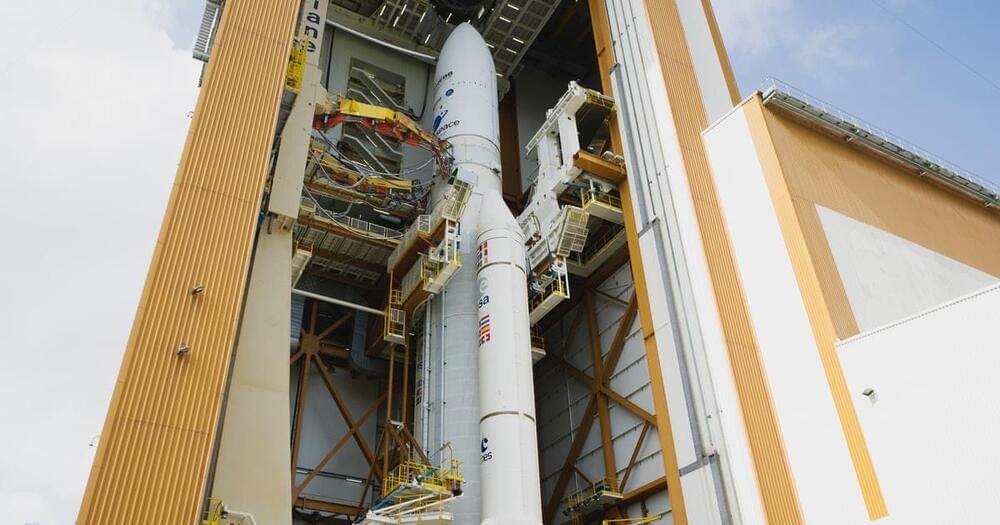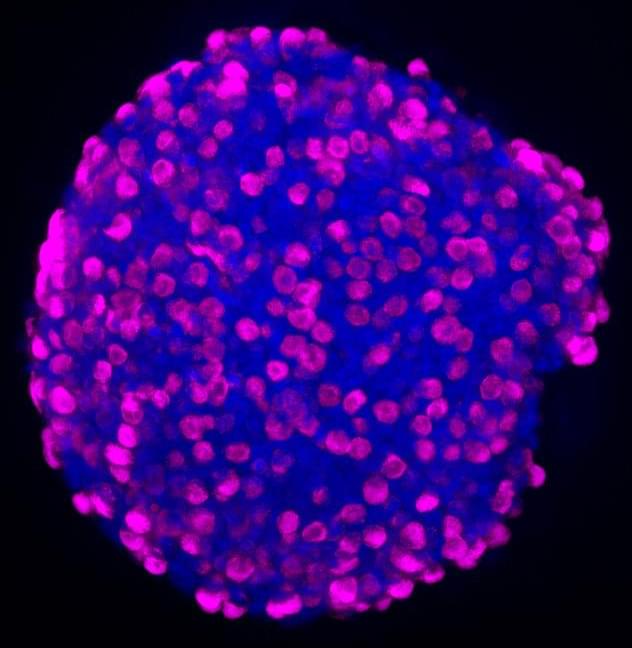New technologies have considerably improved scientists’ ability to locate the genetic variations that distinguish our DNA from that of other people. In some instances, these genetic differences give rise to diverse superhuman abilities. There is growing interest in identifying genes associated with special abilities, many of which seem to be inherited. Some consider people like Wim Hof a.k.a the iceman known for the Wim Hof method as a person with superhuman abilities.
As for the future, according to prominent scientists within 30 years, it will probably be possible to make essentially any kind of change to any kind of genome.
#superhuman #science #sciencetime.
Sources:
Supergenes — https://arep.med.harvard.edu/gmc/protect.html.
George Church — Genetic Superpowers: Changing Your Genome and Environment, Harvard Medical School.








